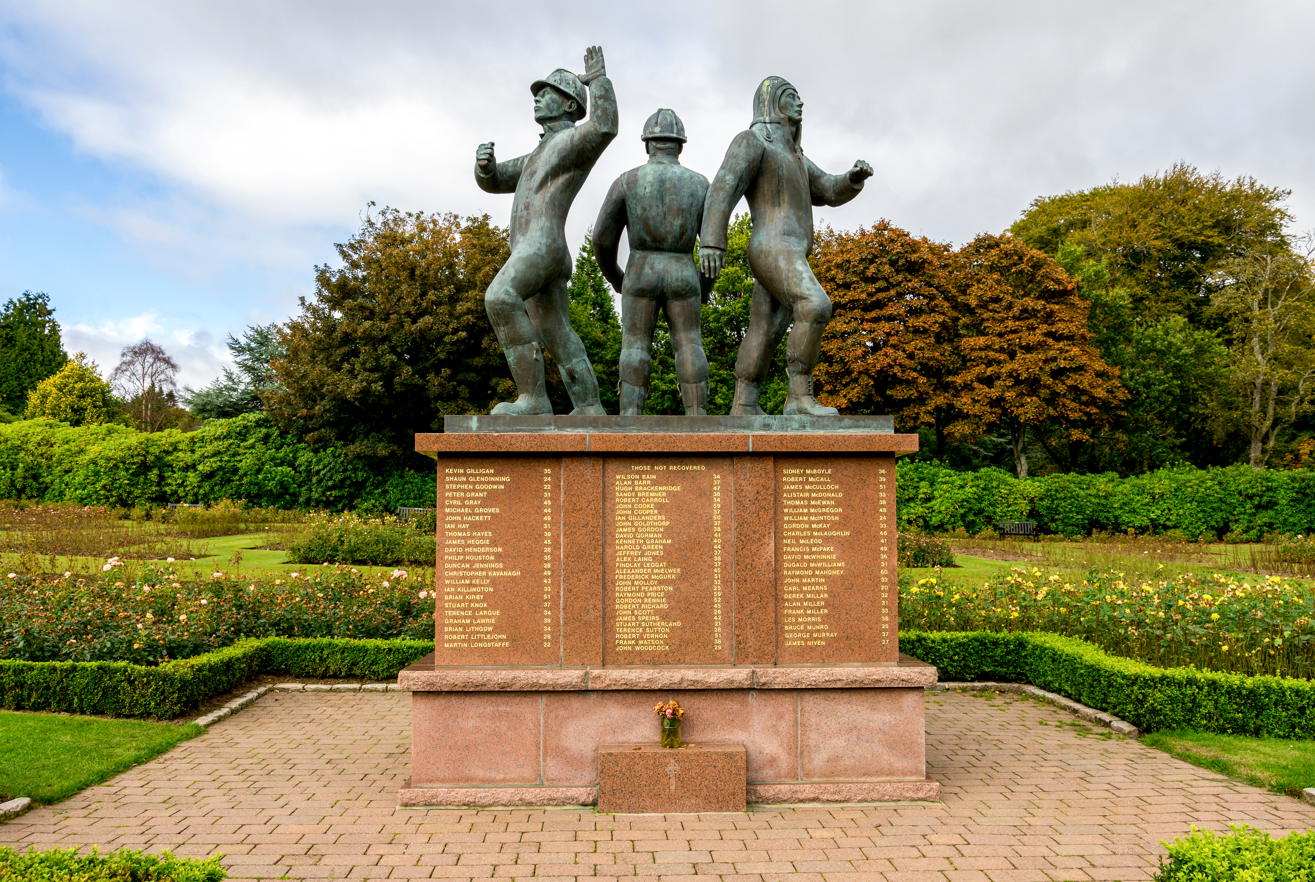The 1988 Piper Alpha disaster has been described as one of the worst industrial accidents of its kind. While it was a tragedy of horrific proportions, the incident did spark some significant positive changes in safety standards across the world.
The hellish disaster unfolded on the night of July 6, 1988, at the Piper Alpha offshore oil and natural gas platform in the North Sea around 190 kilometers (120 miles) from Aberdeen, Scotland.
In just under three hours, the entire structure would be obliterated, claiming the lives of 167 people. Against all odds, 61 men survived to tell the tale – although many were left injured and psychologically traumatized from their experience.
Just before 10 pm, an alarm sounded to warn there was an issue with a condensate pump, which was holding pressurized and highly flammable liquified petroleum. Its connected pump was shut down and the problem was believed to be resolved.
“There wasn’t a panic about that because the condensate pumps tripped more than any other piece of equipment. It was just, ‘Oops, the condensate pump has tripped.’ We accepted the alarm and then we got the gas alarms coming in. They just all came in together,” Geoff Bollands, a control room operator at Piper Alpha, told the BBC for the documentary Piper Alpha: Fire In The Night.
“All the alarms are coming in and every time I am trying to stop one, there’s another one coming in, so I couldn’t stop the klaxon coming in,” Bollands explained.
Amid the panic, a string of colossal explosions rang out. The first occurred at approximately 10 pm, turning off the station’s power and causing fires to spread rapidly in a localized part of the platform. Already, people were starting to die from the explosion, flames, and gas inhalation.
A second major explosion occurred at 10:20 pm, setting the platform’s helideck ablaze, making any possibility of a helicopter landing impossible. Realizing their chances of rescue were minimal, some of the men decided to make the jump off the towering platform. Some died upon hitting the water, but a lucky few managed to survive.
“You wonder why people would jump out of a 30- or 40-storey block window when fire is at their back. Well, I know why now, because I jumped as well and I was very lucky to survive,” Roy Carey, an instrument technician, told the BBC.
“When I hit the sea, I went very deep, but you could see above that the flames were lighting up the surface of the sea,” he added.
At 10:50 pm, a third huge explosion hit the burning core of Piper Alpha, followed by a fourth explosion at 11:20 pm. By this time, the platform was rapidly falling to bits amid the fierce orange glow of fire.
“The noise was absolutely deafening. If you could imagine a blow torch and magnify the sound of that blow torch maybe 3,000 or 4,000 times and you will get an idea of the noise. It was a cacophony of hell,” Charles Haffey said in an interview for the BBC documentary.
“You could hear the rig in its death throes. It was a big moaning of metal as it melted and it was bending. It was not doing it silently. It is a sound that will be with me forever. It was the death of the platform I was hearing,” added Carey.
Eventually, the whole structure leaned and collapsed. By 12:45 am, it had almost totally disintegrated.

A memorial to the Piper Alpha disaster in Aberdeen, Scotland.
Image credit: ranastas_styles/Shutterstock.com
If any good can be said to have come from the incident, it was that many lessons were learned from the many mistakes. The UK government launched a public inquiry into the events, culminating in the Cullen Report, which offered over 100 recommendations about how safety should be improved in the world of oil production, especially in the North Sea.
For one, Piper Alpha helped to push through extensions to the Health and Safety at Work Act 1974 to protect the health and safety of workers on offshore installations.
A prime cause of disaster was insufficient communication – a common theme in major industrial accidents. Due to a communication lapse during shift change, the workers were unaware that a key section of pipework, sealed with a temporary cover and lacking a safety valve, should not be used.
The whole fiasco caused a huge amount of reputational damage to the British oil industry, impacting 10 percent of the UK’s oil production and causing financial losses of around £2 billion (the equivalent of $5 billion today).
However, they were quickly back to business. Not from the sunken wreck of Piper Alpha, a new platform – Piper Bravo – resumed extraction of the North Sea’s Piper oil field just five years after the disaster.
Source Link: The 1988 Piper Alpha Disaster Is One Of The Worst Accidents In Oil Rig History